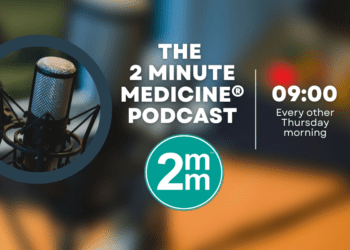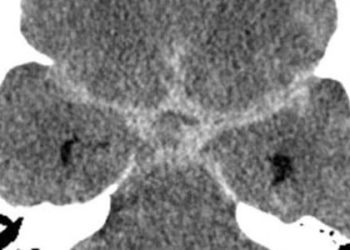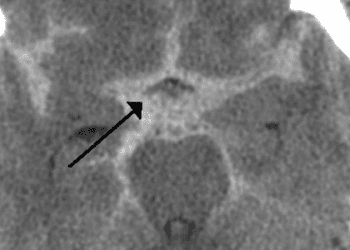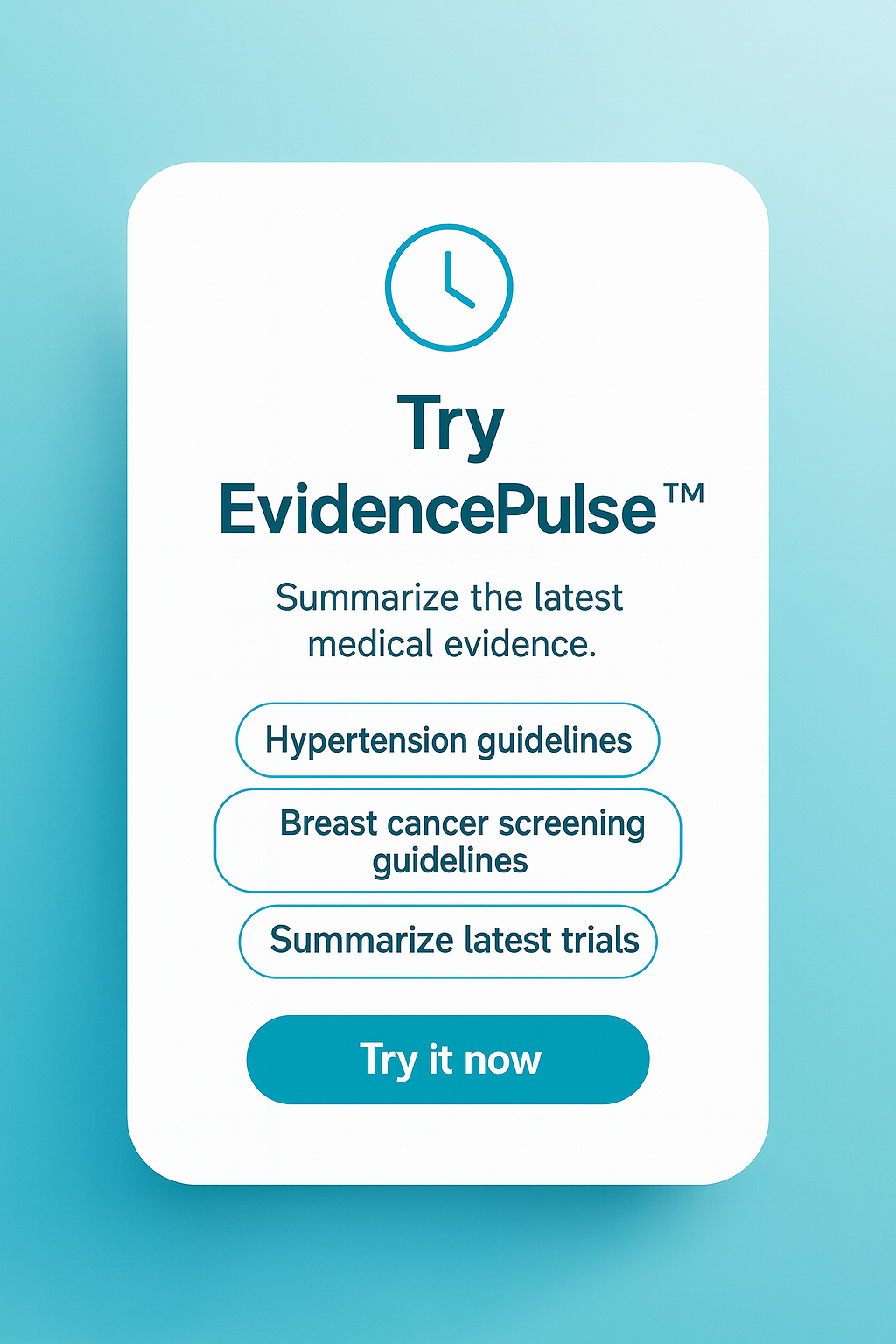Patients report persistent quality-of-life impairments following ruptured brain aneurysms
1. Among survivors of ruptured cerebral aneurysms who completed a questionnaire circulated using social media, significant and persistent challenges were reported in quality-of-life measures including memory loss, headaches, depression, and overall sense of wellbeing.
2. Participants reported significant limitations in quality-of-life regardless of their level of physical impairments following their cerebral event.
Evidence Rating Level: 3 (Average)
Study Rundown: Brain aneurysms represent a very serious illness and are associated with a high rate of mortality and disability. When an aneurysm ruptures, it releases blood into the area surrounding the brain and requires immediate medical treatment. While new interventions available to patients may lead to lives saved, survivors generally face myriad complications in their recovery and rehabilitation. Patient limitations following treatment of a ruptured aneurysm have been previously characterized, but prior studies were limited by generalizability. This study used a novel approach to the evaluation of patient quality-of-life by recruiting subjects via Facebook aneurysm support groups and providing online access to a health-oriented questionnaire modeled after the EQ-5D, a validated measure of health outcomes. Areas of evaluation included mobility, self-care, anxiety/depression, and others. Questionnaire respondents reported comparable health outcome measures to findings from previous studies, which employed more traditional methods of obtaining subject feedback. Specific findings included the persistence of symptoms such as headache and depression even 2 years following aneurysm rupture, as well as a strong sense of life being persistently negatively affected by the event. Though the reported results matched prior results, voluntary response bias may have occurred through patient self-selection and the resulting sample may thus not represent the entire population of aneurysm survivors. Further trials using a similar methodology are warranted to verify and expand upon the presented findings.
Click to read the study in Journal of Neurointerventional Surgery
Relevant Reading: Health-related quality of life 10 years after intracranial aneurysm rupture: a retrospective cohort study using EQ-5D.
In-Depth [retrospective cohort]: The questionnaire generated for the study was modeled after the generic EQ-5D questionnaire and was used to classify patient health outcomes using a three-point Likert scale in five domains: mobility, self-care, usual activities, pain/discomfort, and anxiety/depression. Questions included in the final, disseminated questionnaire were chosen on the basis of a thorough literature review and focus group pretesting in 460 individuals. Survivors of brain aneurysm rupture were sought for enrollment by posting recruitment information on the Facebook pages of leading brain aneurysm support groups, such as the Brain Aneurysm Foundation. Responses were validated through comparison with previously-reported results in the extant aneurysm literature. Out of the 604 questionnaire responses received in a 2-month period following social media recruitment, a total of 432 respondents were included in the study, as they had reported experiencing ruptured aneurysm in the past. The responses indicated that, while headaches and anxiety improved overall for patients with a past history of aneurysm rupture, depression, level of exercise, and the ability to return to work did not improve. Additionally, subjects reported decline in memory after 2 years following rupture, along with a sense of life being negatively affected since the incident. Despite this, a significant number of patients (356/604, 59%) reported no lasting physical impairments following aneurysm rupture.
More from this author: Shear-wave elastography may improve prostate cancer detection, 7 tesla breast MRI may improve assessment of suspicious masses, VEGFR-targeted ultrasound may improve detection of pancreatic cancer
Image: CC Sasha Wolf, wikipedia
©2014 2 Minute Medicine, Inc. All rights reserved. No works may be reproduced without expressed written consent from 2 Minute Medicine, Inc. No article should be construed as medical advice and is not intended as such by the authors, editors, staff or by 2 Minute Medicine, Inc.


![Novel biodegradable sirolimus-eluting stents non-inferior to durable everolimus-eluting stents [BIOSCIENCE trial]](https://www.2minutemedicine.com/wp-content/uploads/2014/09/Taxus_stent_FDA-e1607803635904-350x250.jpg)






